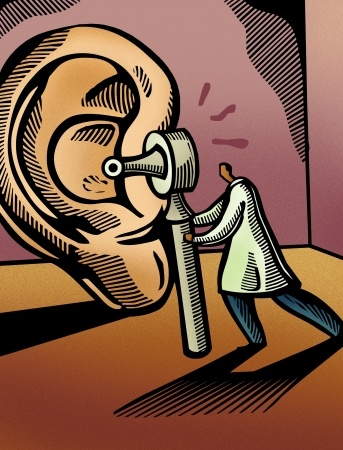I spent the five happiest years of my life in a morgue. As a forensic scientist in the Cleveland coroner’s office I analyzed gunshot residue on hands and clothing, hairs, fibers, paint, glass, DNA, blood and many other forms of trace evidence, as well as crime scenes. Now I'm a certified latent print examiner and CSI for a police department in Florida. I also write a series of forensic suspense novels, turning the day job into fiction. My books have been translated into six languages.
Where ever it’s convenient, I suppose.
I have a degree in biology because they didn't have forensic science degrees at that time. I would think any natural science is a good basis for the field. A friend of mine who teaches at Miami-Dade recommends Miami-Dade, of course; also the University of New Haven, and Keiser University has some good programs.
That completely depends on what kind of evidence and what analysis we’re doing.
I see, but I still couldn't say. It depends entirely upon the hiring agency and what kind of pool of applicants they typically have--basically, who they have to choose from. There will be a basic set of requirements but after that, advanced degrees are better than high school diplomas, degrees from accredited schools better than non-accredited, internships at forensic agencies very helpful, etc. The best way to know is to call the places you would like to work at and ask them. If you can get a tour of their facility, even better, then you can gently ask the people who work there where they went to school and so on. Shorter answer: It won't automatically get you in or automatically keep you from getting in. Of course it certainly couldn't hurt. Best of luck!
Audiologist
 Are earbuds dangerous for my ears?
Are earbuds dangerous for my ears?
Call Center Employee (Retail)
 Do you think it's just a matter of time before all U.S. companies move their customer support overseas?
Do you think it's just a matter of time before all U.S. companies move their customer support overseas?
Sitcom Writer
 Is reality TV here to stay?
Is reality TV here to stay?
I used to be the hair and fiber analyst. Unfortunately it's increasing rare to find fiber analysis done at labs. Perhaps I can help you.
Email me at: lisa-black@live.com.
With hairs, you can’t identify one to a specific person with only microscopic examination—the main reason it is hardly used these days, and typically only as screening to decide to do DNA analysis. Then DNA analysis is actually done on the skin cells clinging around the root, because the actual hair doesn’t have any nuclear DNA. It does have mitochondrial DNA though few labs can do that.Fiber analysis is also rarely done these days because it can’t be positively identified to an article of clothing, or is it possible (usually) to find out how many of that article had been manufactured or sold and who they were sold to, etc. An analyst can say the fiber is consistent with coming from that article but that’s all. Unless there is a ‘jigsaw match’, a section of the material found that can be fit back into the article of clothing like a puzzle piece.Hope that helps!
-OR-
 Login with Facebook
Login with Facebook (max 20 characters - letters, numbers, and underscores only. Note that your username is private, and you have the option to choose an alias when asking questions or hosting a Q&A.)
(A valid e-mail address is required. Your e-mail will not be shared with anyone.)
(min 5 characters)
By checking this box, you acknowledge that you have read and agree to Jobstr.com’s Terms and Privacy Policy.
-OR-
 Register with Facebook
Register with Facebook(Don't worry: you'll be able to choose an alias when asking questions or hosting a Q&A.)